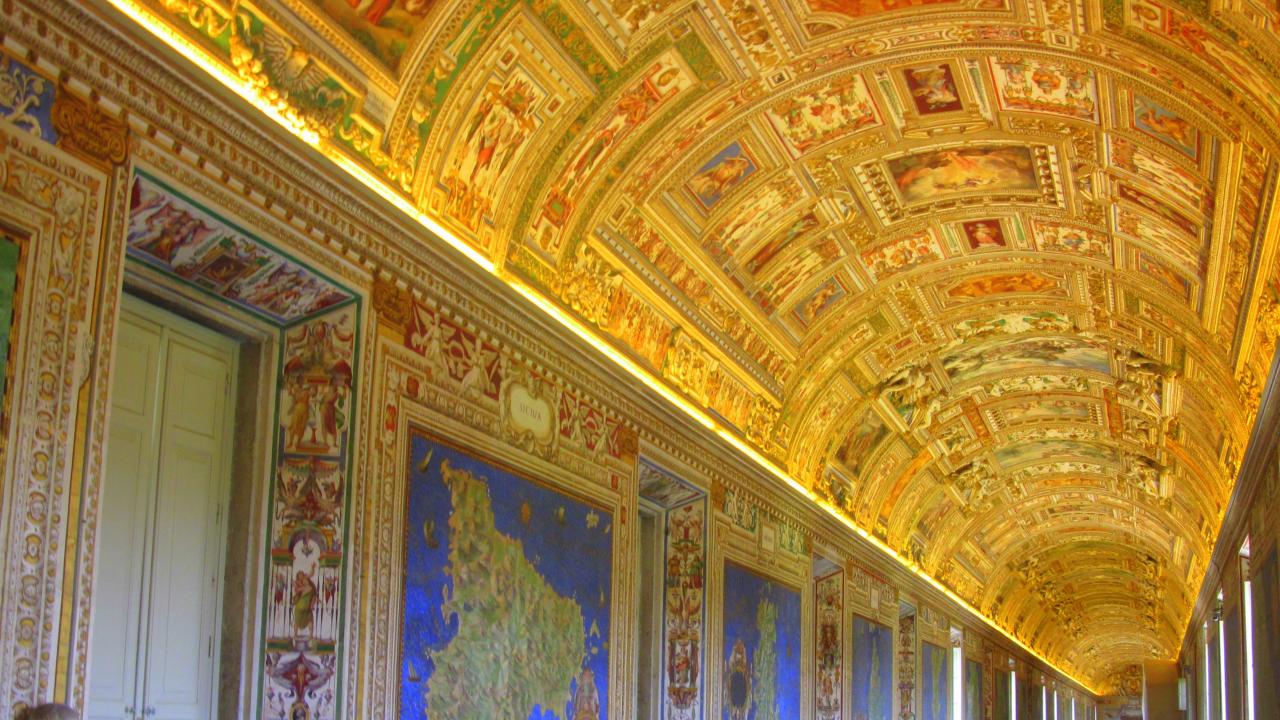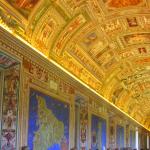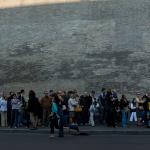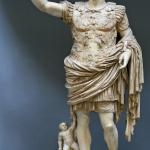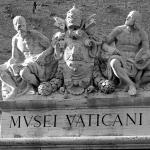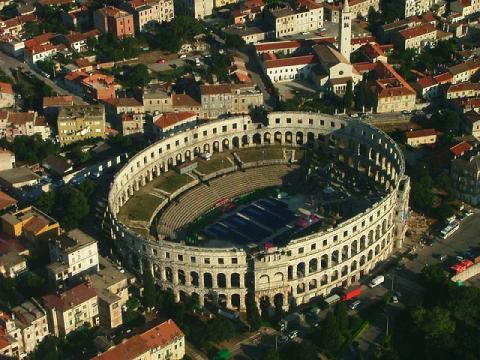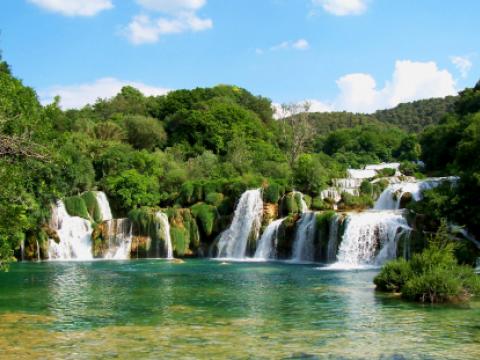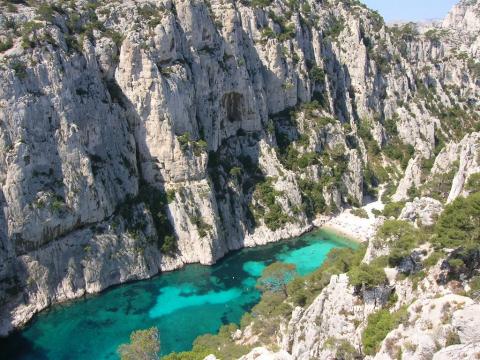Location
Vatican Museums are a part of Pope’s official residence, the Papal Palace. With more than 1,400 rooms, the Vatican Museums are one of the most important cultural institutions in the world. Works of art from all over the world are parts of a magnificent collection of Museo Pio-Clementino, while the biggest collection of items from Italian history is in the collection of the Pinacoteca Vaticana.
Museo Chiaramonti is worth mentioning as it contains several ancient works of arts that influenced famous artists throughout the history. A world famous marble sculpture of Roman Emperor Augustus is housed here. It was made in the 1st century AD, but was discovered in the mid-18th century and since has become the most famous sculpture of the founder of the Roman Empire.
The Vaticani Museums are located in the Vatican City and to get there from the center of Rome, use metro Ottaviano statain.
The entrance fee to the Vatican Museums is 16€.







